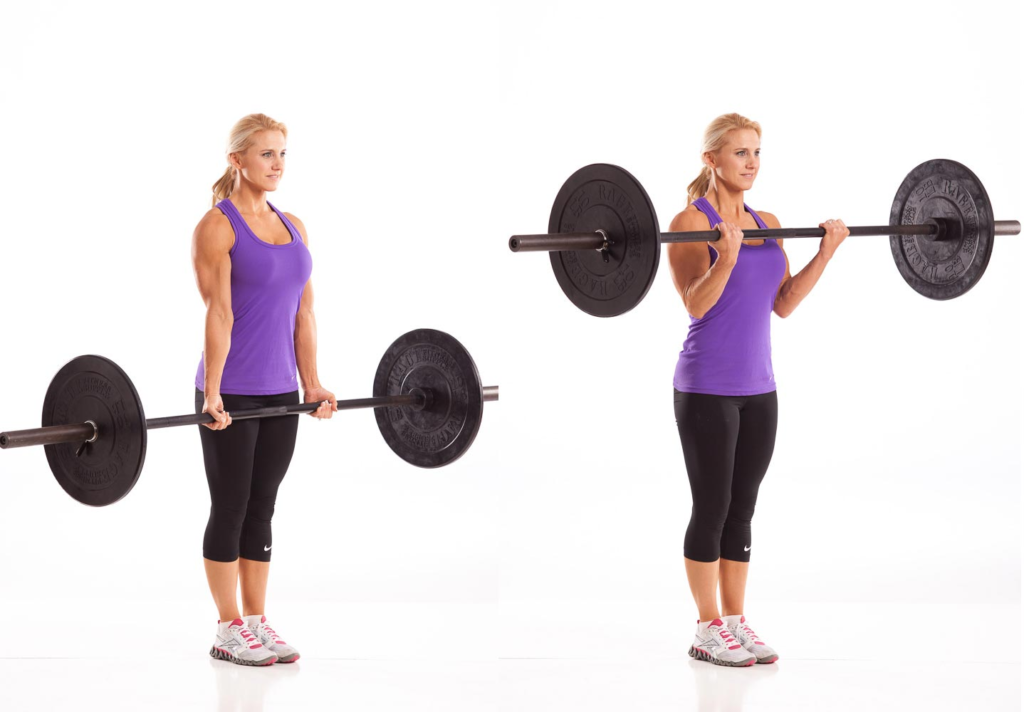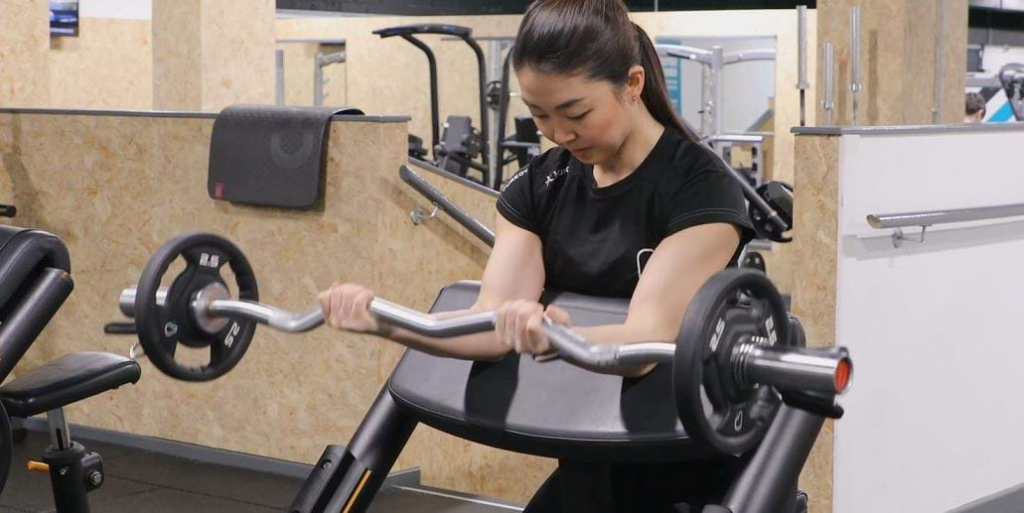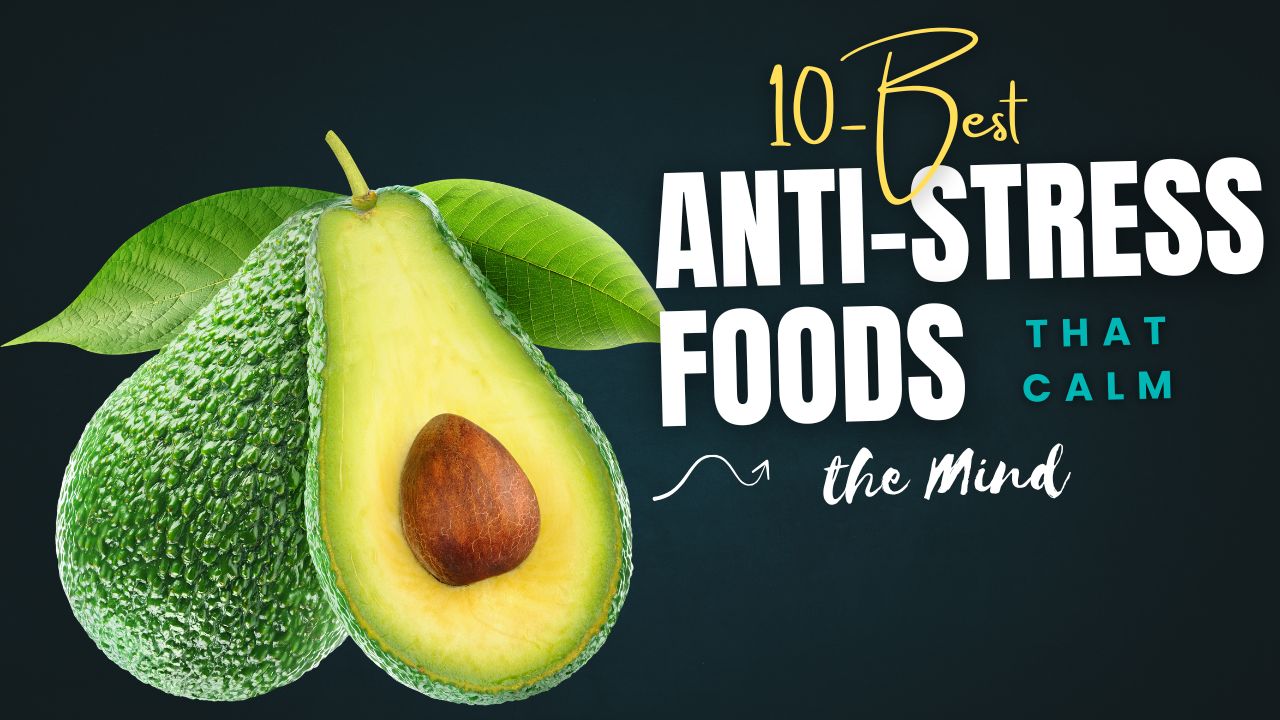Did you know that biceps don’t just make your arms look good—they’re essential for every day pulling movements, from lifting groceries to climbing stairs? Yet, despite their importance, many gym-goers stick to the same old curls.
If you’re ready to break free from the ordinary and level up your biceps training, this guide unveils 12 of the best equipment-based biceps exercises, complete with how-to instructions for each. Or you can prefer biceps exercises without using the equipment.
Whether you’re aiming for size, strength, or definition, these moves will challenge your muscles in fresh ways.

Table of Contents
What Can Happen After 30 Days of Equipment-Based Biceps Exercises
| Positive Changes | Potential Challenges |
|---|---|
| Noticeable increase in arm muscle tone and definition | Possible muscle soreness as your body adapts to new exercises. |
| Improved biceps strength and grip power | Risk of overtraining if rest is neglected. |
| Enhanced mind-muscle connection for better form | Plateau if exercise variety isn’t maintained. |
| Boosted confidence and motivation to continue training | Imbalanced growth if other muscle groups are neglected. |
| Faster workout recovery with consistent practice | Potential joint or tendon discomfort if form is poor. |
| Increased metabolism from added muscle mass | May overestimate progress if not tracking measurements. |
Biceps Training: Do’s & Don’ts
| DO | DON’T |
|---|---|
| Focus on strict form with controlled motion. | Use momentum or swing the weights. |
| Train biceps 1–3 times a week with variety. | Overtrain by doing biceps daily without rest. |
| Use a full range of motion for each exercise. | Shorten the movement or “cheat” reps. |
| Combine heavy & moderate weights strategically. | Stick to only one weight range or rep scheme. |
| Prioritize muscle-mind connection and control. | Rush through sets without feeling the contraction. |
| Rest for 48 hours between intense sessions. | Neglect rest and recovery, risking overuse injury. |
| Incorporate different angles & grips. | Only do standard barbell curls repeatedly. |
| Warm up your arms before lifting. | Jump into heavy sets without warming up. |
| Adjust weights gradually for progression. | Attempt maximum weights too soon. |
| Stretch and cool down post-training. | Skip stretching, leading to tightness and imbalances. |
1. Barbell Curl
A classic but powerful move that forms the foundation of many arm routines.

How to:
- Load a barbell with an appropriate weight.
- Stand tall, and grip the barbell with palms facing up (shoulder-width).
- Keep your elbows close to your torso.
- Curl the bar towards your shoulders, squeezing your biceps.
- Lower slowly and repeat.
Fun Fact: Many think heavier weights mean bigger biceps, but control and form matter more!
2. EZ Bar Curl
EZ bars are a wrist-friendly option that allows you to hit your biceps from slightly different angles.

How to:
- Hold the EZ bar with an underhand grip (using the angled grip).
- Stand with a straight posture.
- Curl the bar towards your upper chest, keeping your elbows tucked.
- Lower slowly under control.
Interesting: The angled grip reduces wrist strain, making it ideal for those prone to discomfort.
3. Preacher Curl (Using Preacher Bench and Barbell/EZ Bar)
This exercise isolates the biceps by eliminating momentum.

How to:
- Sit at a preacher’s bench with the back of your arms resting on the pad.
- Hold a barbell or EZ bar with palms facing up.
- Curl the weight towards your shoulders.
- Lower slowly, maintaining tension in your biceps.
4. Cable Biceps Curl
Cables provide constant tension throughout the movement.

How to:
- Attach a straight bar to the low pulley on a cable machine.
- Stand facing the machine and grab the bar with an underhand grip.
- Keep elbows tight to your sides.
- Curl the bar to your shoulders, squeeze, and then lower slowly.
5. Concentration Curl (Using Dumbbells)
This one’s all about strict form and peak contraction.

How to:
- Sit on a bench, and hold a dumbbell in one hand.
- Lean forward slightly, elbow resting on the inner thigh.
- Curl the weight to your shoulder, and squeeze hard.
- Lower slowly and repeat.
Do You Know? This isolation movement is perfect for increasing the biceps’ “peak.”
6. Cable Rope Hammer Curl
Targets both the biceps and the brachialis (muscle under the biceps).

How to:
- Attach a rope to the low pulley.
- Hold the rope with a neutral (thumbs-up) grip.
- Stand tall, curl the rope upwards, focusing on elbow flexion.
- Lower under control.
7. Machine Biceps Curl
A great way to isolate the biceps while seated and supported.

How to:
- Sit at the biceps curl machine, adjust the seat and weight.
- Grip the handles with palms facing up.
- Curl the handles towards your shoulders.
- Lower slowly.
8. Incline Dumbbell Curl
The angle stretches the biceps for a deeper contraction.

How to:
- Set an incline bench to 45-60 degrees.
- Sit back with dumbbells in each hand, arms hanging.
- Curl the weights towards your shoulders without moving elbows forward.
- Lower slowly.
Myth Busted: Many think incline curls are just harder versions of standing curls. In fact, the angle provides a unique stretch that can lead to greater muscle activation.
9. Spider Curl (Using Preacher Bench or Incline Bench)
This variation forces strict form.

How to:
- Lie face down on a preacher or incline bench.
- Hold dumbbells or a barbell with an underhand grip.
- Let your arms hang, then curl towards your shoulders.
- Lower with control.
10. Reverse Grip Barbell Curl
Targets the brachioradialis (forearm) along with the biceps.

How to:
- Hold a barbell with an overhand grip.
- Stand tall with elbows close to your body.
- Curl the bar upwards while keeping wrists straight.
- Lower slowly.
11. Cable Overhead Biceps Curl
Provides an intense contraction at the top of the movement.

How to:
- Set the cable pulley at the highest setting.
- Hold both handles, step forward, and raise elbows to shoulder height.
- Curl the handles towards your head.
- Slowly extend your arms back.
12. Zottman Curl (Using Dumbbells)
A two-in-one movement that works both biceps and forearms.

How to:
- Hold dumbbells with an underhand grip.
- Curl the weights upwards.
- At the top, rotate to an overhand grip and lower slowly.
- Repeat.
Closing Thoughts
Your biceps aren’t just for aesthetics—they’re integral to pulling strength, stability, and functional movement. By incorporating these 12 equipment-based biceps exercises, you’ll hit your arms from every angle, challenge stabilizer muscles, and break through plateaus. Remember: focus on control, form, and muscle contraction to maximize growth.
Did You Know? Studies show that varying equipment and grip angles can stimulate different muscle fibers for a more balanced arm development.
Frequently Asked Questions (FAQs)
How often should I train my biceps for best results?
It’s best to train your biceps 1-3 times per week, depending on your overall training program and recovery. If you’re doing a split routine (e.g., push-pull), biceps can be targeted more frequently. Allow at least 48 hours of rest between sessions.
Do equipment-based biceps exercises build more muscle than bodyweight exercises?
Equipment-based exercises provide added resistance and controlled tension, which can make them more effective for muscle growth. While bodyweight exercises can offer benefits, equipment allows for progressive overload—a key factor in building bigger biceps.
Can I do all 12 biceps exercises in one session?
It’s not recommended to perform all 12 exercises in a single session, as that could lead to overtraining. Instead, choose 3-5 variations per workout, focusing on different angles and equipment types. Rotate exercises every few weeks to keep your routine fresh.
What’s the difference between a barbell curl and an EZ bar curl?
The EZ bar curl places your wrists in a more neutral position, reducing strain on the wrists and forearms. This makes it a great option for people with wrist issues. The barbell curl targets the biceps directly and can be loaded heavier for strength gains.
Do biceps exercises help improve grip strength?
Yes! Exercises like the reverse grip curl, hammer curls, and cable rope hammer curls not only target the biceps but also engage the forearm muscles and grip strength. Stronger grips translate to better performance in pulling movements.
How long does it take to see noticeable biceps growth?
With consistent training, a proper diet, and adequate recovery, you can start seeing visible improvements in 4-6 weeks. However, significant biceps size and definition typically require several months of progressive overload and discipline.
Can these exercises help with arm fat loss?
While these exercises strengthen and build muscle, fat loss requires a calorie deficit through diet and overall exercise. However, increased muscle mass can boost metabolism, making fat loss more efficient over time.










